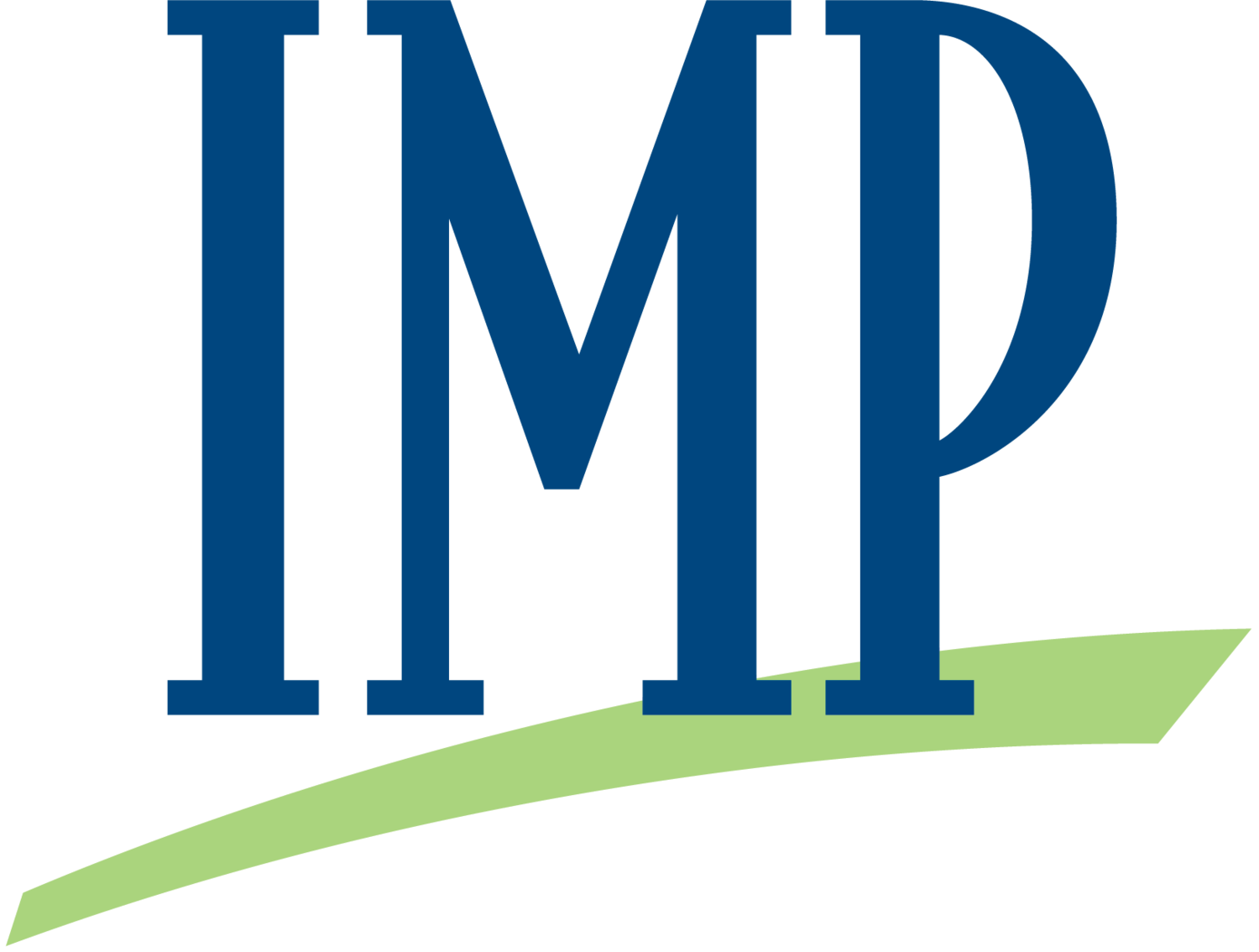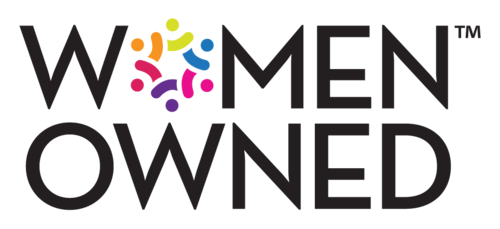There are dark clouds looming on the horizon as reports show the large-scale spread of the novel coronavirus, named COVID-19[1], out of Wuhan, China. As it stands, there are an estimated 400,000 cases globally[2], 33,000 of which have been in the United States[3]. The World Health Organization has officially declared it a pandemic[4]. Accordingly, travel restrictions have been put in place to varying degrees across the globe, and people in the most affected areas have been told to stay home and avoid crowds.
Therefore, it shouldn’t come as a surprise that the world economy has been severely affected—a situation that will likely only get worse as the virus spreads. Last week, all three of the major stock market indices entered bear market territory[5]. In addition, with globalization making economies today more interconnected than ever, companies are already feeling the effects as the world’s factory, i.e. China, puts its cities on lockdown. Consumer demand is on the decline in the hardest-hit countries for certain goods, especially luxury items. Even supply issues are popping up in many communities as people rush to stock up on essential items such as groceries, toiletries, and medical supplies. And it’s not just the decrease in spending that is hurting companies, but also the disruption to global supply chains. For example, auto companies such as Volkswagen, Toyota, General Motors, Honda, and Hyundai have had to pause operations in China, and carmakers there will lose about 15% of production in the first quarter of 2020[6].
It’s hard to predict at this point the extent to which the virus will continue to spread. However, given that companies in affected countries are already suffering as workers are forced to stay home, companies around the world can take this as a lesson. Where possible, there must be tools that can allow employees to work remotely if necessary. But for many compliance teams, this may pose a challenge. Currently, many clients we come across keep important documents in a wide variety of places, including Outlook, SharePoint, Excel, Teams, etc. Everything from rule interpretations to coding instructions to source documents could be housed in totally different locations. And what happens if that client email you need to reference is in Joe Smith’s Outlook and he’s out sick and you can’t get in touch with him? What happens if everyone has to work from home and a lack of adequate communication leads to a corruption of that important spreadsheet?
This is a major problem for which we designed CLEAR Compliance™. The CLEAR Link™ module houses all of your source documents, requirements, and rules, along with interpretations, coding instructions, and use cases for testing. And the CLEAR X-Flow™ module helps teams keep track of tasks to be done and helps managers keep an eye on the status of projects. And CCO’s can use CLEAR Dashboards™ to keep an eye on the progress of projects and track exposure, violations, and other important trends. With CLEAR Compliance™, compliance teams can keep projects running smoothly and keep rule libraries organized along with any corresponding documentation. It truly does help keep the skies CLEAR, even when it looks like a storm is approaching.
[1] https://www.cdc.gov/coronavirus/2019-ncov/summary.html
[2] https://www.worldometers.info/coronavirus/coronavirus-cases/?_hsenc=p2ANqtz-983a-X4HLykaP9DGNyTgbMM7vIXjtM_1oqDeiJ2uol8i7BiFA63eCoW_-Gr_wPRfMNXiZLmxF_47LsiebqAwcaVPlfUw&_hsmi=84049847
[3] https://www.cdc.gov/coronavirus/2019-ncov/cases-updates/cases-in-us.html
[4] https://www.wsj.com/articles/u-s-coronavirus-cases-top-1-000-11583917794
[5] https://www.edwardjones.com/market-news-guidance/recent-news/weekly-recap.html
[6] https://www.cnn.com/2020/02/08/business/coronavirus-global-economy/index.html




